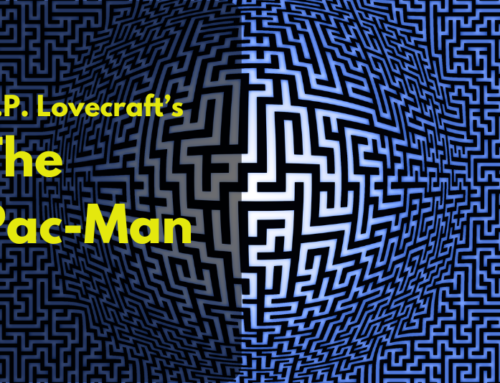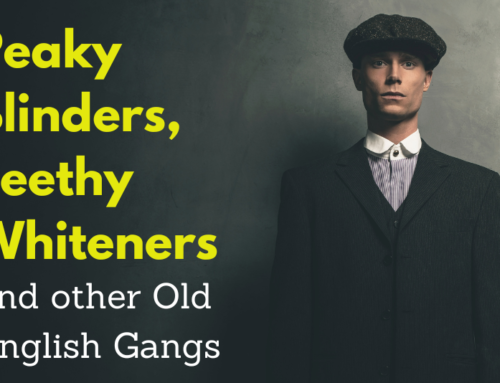Akira Kurosawa (1910-1998) was one of history's greatest film directors, a genius auteur who continues to inspire modern day movie maestros like Steven Spielberg, George Lucas and Adam Sandler. Over the years, many of his Japanese films have been turned into Hollywood hits, including Seven Samurai (The Magnificent Seven), Yojimbo (A Fistful of Dollars) and Hidden Fortress (Legally Blonde).
As well as this, many of Kurosawa's lesser-known movies have inspired today's most popular Reality TV shows:
X-Fortress, 1948

Images: © @embasy / Aleksandr Korchagin via Canva.com
Set during the difficult second half of the 16th century, the film opens with an epic battle in a torrential rainstorm between two rival gangs of impresarios. Later, a cruel showbiz warlord hosts an after-battle press conference to announce his plans to marry kidnapped Princess Cheryl Blossom. This will take place during the star-studded finale of his popular talent contest. "It will consolidate my power base," he tells the assembled journalists, "and save on catering costs."
Meanwhile, the Princess's warrior fiancé (Toshiro Mifune) embarks on a bold mission to rescue her. With the help of a sympathetic voice coach, he infiltrates the talent show disguised as an up-and-coming geisha. However, this veteran of a thousand wars is ill-equipped for the ruthless contestants and their manipulative sob stories.
The Den of the Dragon, 1953 (AKA Tank of Sharks)

Images: © @embasy / JohnnyGreig from Getty Images Signature via Canva.com
Eccentric billionaire umbrella manufacturer (Toshiro Mifune) shocks the business world by resigning from his high-flying post to become a full-time recluse. Disillusioned with a decadent society that shuns traditional oil-paper umbrellas, he decides to restore his nation's honor by training young people to become fierce samurai warriors. Unmarried, and with no young people of his own, he takes to the road on a custom-built mobile monastery, rounding up a diverse group of ambitious youngsters from various elite business schools. During a lengthy training montage, the fresh-faced candidates are subjected to a barrage of mental and spiritual tests, but it soon becomes clear that they're just a bunch of entitled dimwits.
The film ends with a torrential rainstorm, and no one remembers to bring an umbrella.
Scone of Blood, 1957

Images: © @embasy / Langan via Canva.com
Inspired by Shakespeare's favorite cigar brand, Toshiro Mifune plays Prince Hamtaro, the young heir to feudal Japan's most illustrious cake-baking dynasty. When his father – the Imperial Grand Master Baker – is crushed to death by a falling wad of dough, the young 'Prince of Danishes' watches with horror as his least-favorite uncle, Fraudius, takes over the family business and arranges a hasty merger with his mom. Hamtaro gets a visit from his dead dad's ghost, who reveals that Fraudius murdered him ('He's got dough on his hands!'). The ghost warns Hamtaro that his scheming sibling wants to take the business downmarket by launching a budget line of disposable cakes. 'You gotta stop him!' warns the ghost. 'Pretend you're mad, then beat him senseless with a goddamn rolling pin.'
The film ends when a torrential rainstorm destroys the family's vast cake stocks and everybody dies during a bloody 'Mexican Bake-Off'. Scone of Blood was banned for several years due to its graphic violence and gratuitous use of yeast, although its memorable use of rain-soaked cakes would later inspire a Donna Summer disco hit.
I am a Samurai and Demand to be Released!, 1962

Images: © @embasy / Asergieiev from Getty Images Pro via Canva.com
Set during the final weekend of the Tokugama Era (1650-1827), Toshiro Mifune plays a wandering rōnin cast out from his master's castle after being falsely accused of possessing Hello Kitty merchandise. Whilst sheltering from a torrential rainstorm in a feudal karaoke bar, he shares his sorrowful tale with a pair of strangers who lace his drugs with sake. He awakens to find himself transported to a mysterious, faraway jungle several miles west of Kyoto. There, he meets a motley group of similarly discredited, has-been warriors (all played by Toshiro Mifune). These 'sham-urai' – who all have conflicting memories about the best way to prepare a Roquefort salad – are subjected to a series of increasingly humiliating 'Bushido-Tucker Trials'.
Come Dance with Honour, 1965

Images: © @embasy / JUVO_Des from pixabay via Canva.com
On the eve of the Imperial Dance Extravaganza, a simple-minded shoe-shuffler from a traditional dancing village foolishly invites a gang of bandits to his house for breakfast. After mocking his home and his choice of cereal, the bandits sabotage the Dance Extravaganza by forcing villagers to wear heavy lead sandals. Luckily, a young dancer escapes by surreptitiously cutting a rug with a pasodoble quick-step. In a nearby town, he meets a disgraced ballroom legend who hung up his leotard after tragically mistiming an overhead catch. The unlikely pair set out to recruit a crack team of Seven Choreographers.
Regarded by many as one of Kurosawa's lesser works, the film features a disappointing deus ex machina ending in which the bandits are conveniently swept away by a torrential rainstorm played by Toshiro Mifune.










